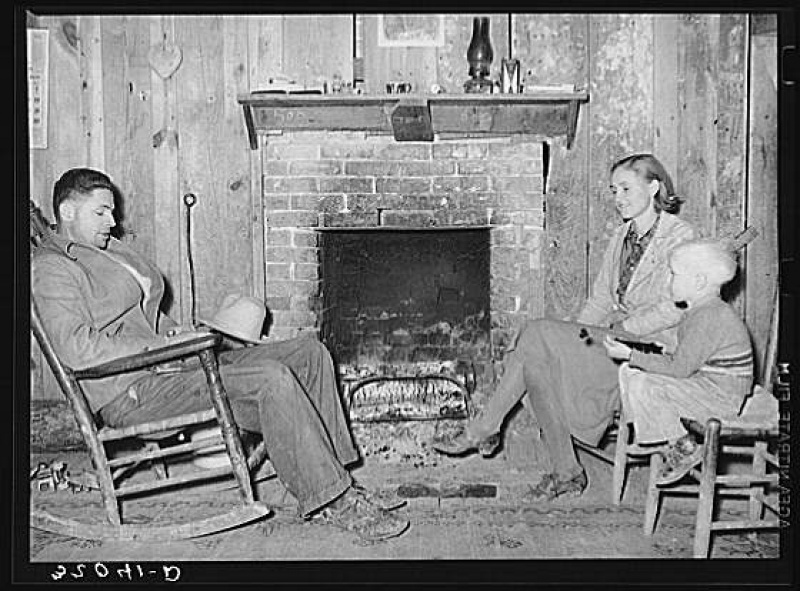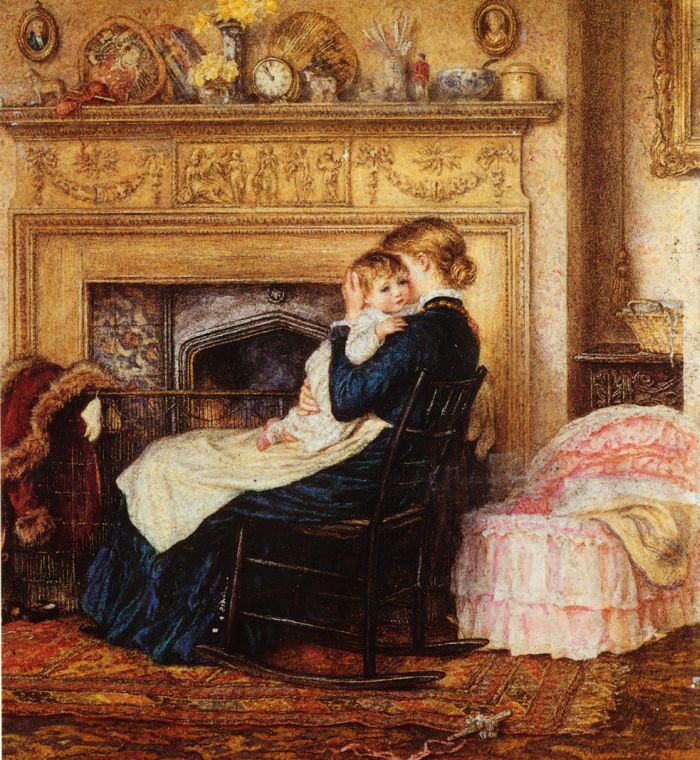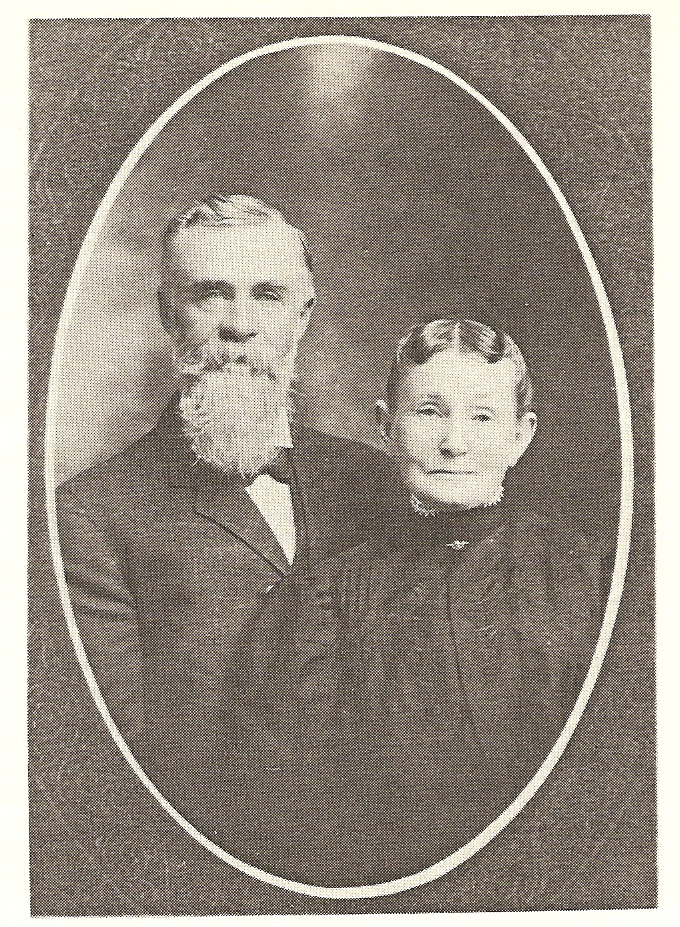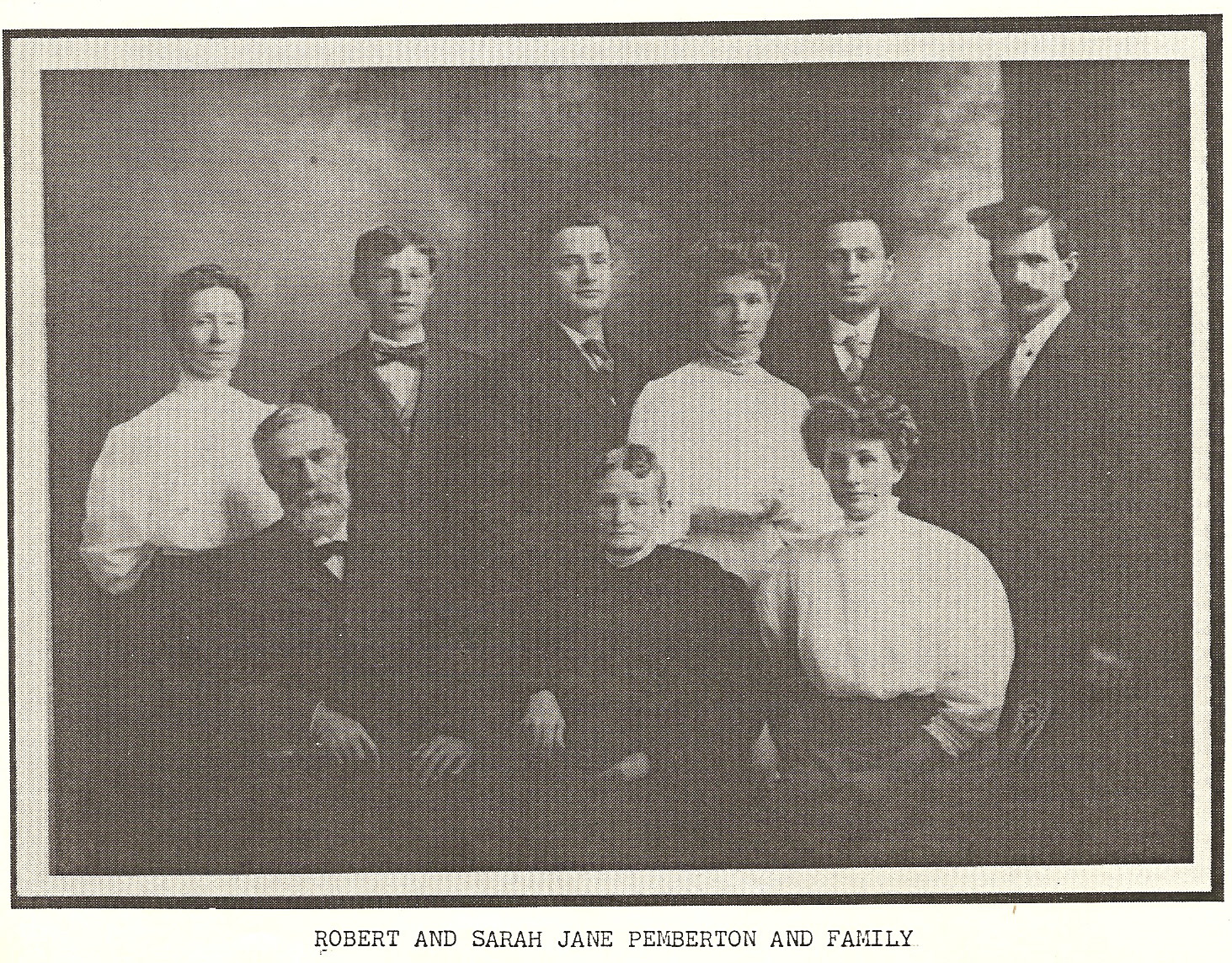Guardians of the Hearth
For an LDS woman, being a “guardian of the hearth” is about much more than cooking food on a fire (or on the stove)–it’s about the entire spiritual responsibilities and divine roles of women in the home.
(Frederick Childe Hassam’s “The Fireplace”)
This month’s visiting teaching message is titled “Guardians of the Hearth,” quoting President Gordon B. Hinckley, who said the following in a 1995 address to women:
You are the guardians of the hearth. You are the bearers of the children. You are they who nurture them and establish within them the habits of their lives. No other work reaches so close to divinity as does the nurturing of the sons and daughters of God.
It’s insightful to read this quote in the context of the woman and her relationship with the historic hearth. Recently, I’ve been reading the book Brilliant: The Evolution of Artificial Light. The educational yet entertaining book spends most of its pages talking about the development of electricity and how it changed Western culture and society, but the first quarter of the book is about what life was like before electric light.
(Photo of tenant farmer and family in front of fireplace taken as part of the FSA project in 1939.)
The hearth–the fire–was often the figurative center of the home. It was used for cooking and the heat for ironing. In the evening, candles and lamps were often used sparingly, because of their expense, so the hearth was often the main source of light. It heated the home–or at least the portion of it closest to the fire. Without the other evening diversions and entertainments made possible by electric lights, families congregated in the evening around the hearth–it was a place of warmth and a place for stories and for the shared weaving of lives.
I don’t have a fireplace in my home, but I still can be the guardian of the hearth. I can be a guardian of light, of time spent together as a family, of warmth, of safety, of food, of shared stories. As a wife and mother, I am not the only one with responsibilities for the hearth–others often light and tend to our home’s fire. But I am the guardian–a guard and protector of light and spirit, one who preserves the fire and makes sure its embers do not go out.
(Helen Allingham’s “In the Nursery”)













